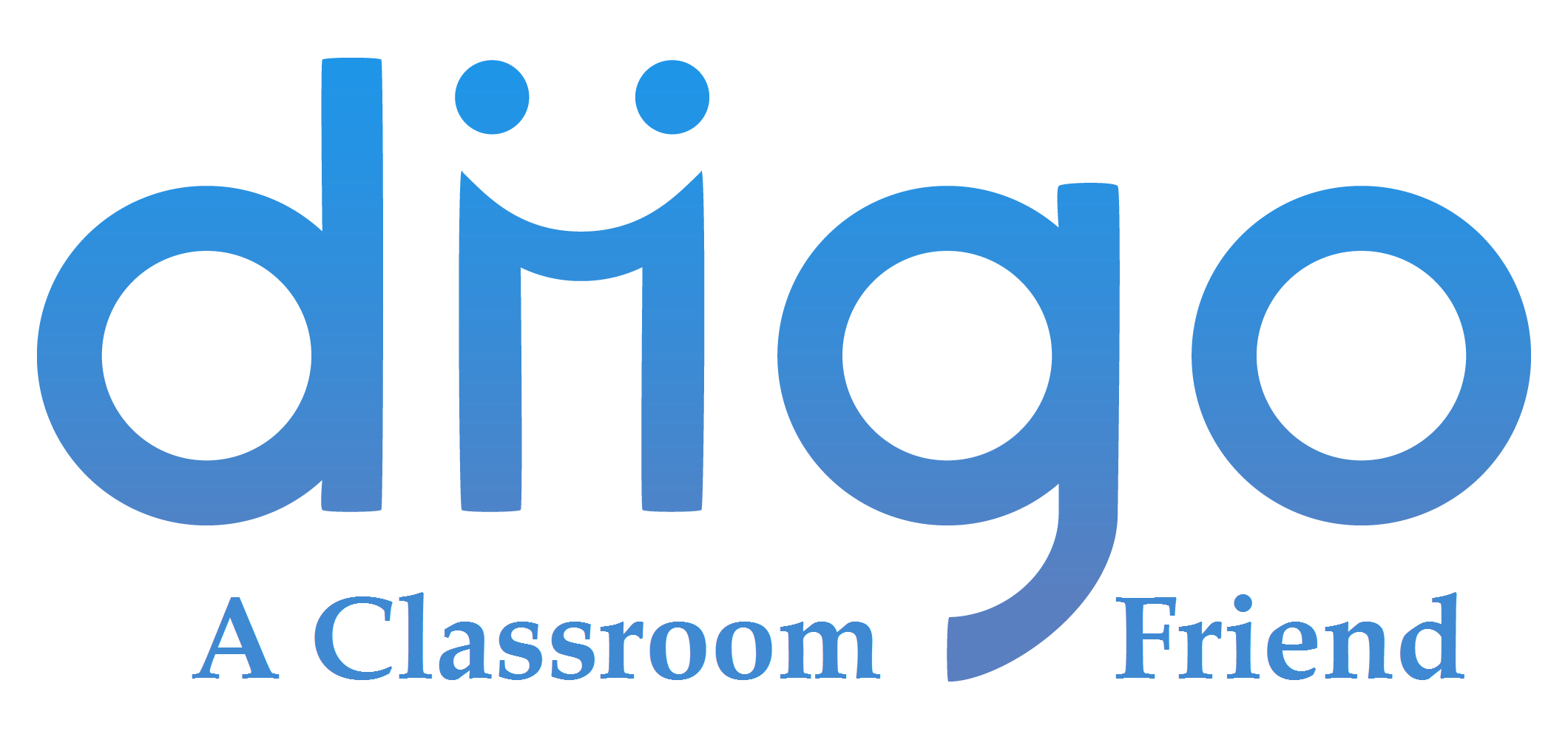Want to how a social bookmarking tool can serve educators for their classrooms?
For those who don’t know about the Diigo Tool, here’s a link for you.
These are the few options for using Diigo in the classroom.
Personal Student Bookmarks
One common
problem of student computer use in schools is access to student work from home. Not every school provides a way for students to access their school data. In such cases, if students create bookmarks at school, they will not have access from other computers.
Using Diigo, students can bookmark important websites and access them from school, home, the library or any internet-connected computer. Students will always have access to this data.
Bookmark Lists
Teachers and students can use the group and list features of Diigo to organize bookmarks on themes or topics. Classes can also collaborate and discuss information within Diigo.
For example, teachers who have more than one section of a class can initiate collaboration among all their sections. Students can use Diigo to create annotations on useful websites, and save the websites to groups or lists. Other students, even in other sections, can see the annotations made by other students. Students can even comment and respond to others. Here, Diigo creates a communication channel between sections that would otherwise not be easy to create.
Extended Learning
Diigo can provide a way to enrich or extend learning about a topic. Through formal or informal activities, students can research websites about a class topic and post their findings to Diigo lists or groups. Students can also create relevant annotations for others to see.
Teachers could use Diigo in this manner in a number of ways.
• Classes could begin a topic of study with an information search to preview the content.
• Classes could supplement their textbook with information from the web. Diigo could facilitate student discussions about the bookmarks. Annotations could be used to gauge student thinking.
• Classes could use Diigo to review content in a type of fact-checking activity. The internet could be used to research important points of study and see if that information can be confirmed with bookmarks.
Professional Development
Beyond extended student learning, Diigo can be used as a form of professional development. Diigo has several educator groups that are active in sharing and collaborating on bookmarks relevant to education. This group has almost 10,000 members. You can find over 200 other Diigo K-12 education groups here.
Research
Teaching students to research is a common standard across all grade levels, elementary, middle school, high school, and beyond. Diigo excels as a research tool:
• Students can save relevant websites to lists in their Diigo student accounts. Each saved bookmark captures the URL and a screenshot, and can be searched later.
• Students can highlight important information right on the website, using Diigo. Later, when students return to the website, they find the reason they saved the bookmark in the first place.
• Students can use virtual sticky notes to summarize the important points of information from the website. This activity will mimic the time-tested procedure of using note cards to summarize and organize research projects.
• Students working on similar topics can create and join groups in order to collaborate.
• Later, when students need to document their sources, Diigo can be used to recall website URLs for citing sources.
These are just a few of the possible uses of Diigo in the classroom. To learn more about using Diigo with students, visit these pages:
• Diigo Educator Accounts
• Lesson Plans
• Video Training
A how-to video on using Diigo in the classroom:
http://www.youtube.com/watch?feature=player_embedded&v=nKiJFa-Yqzg
